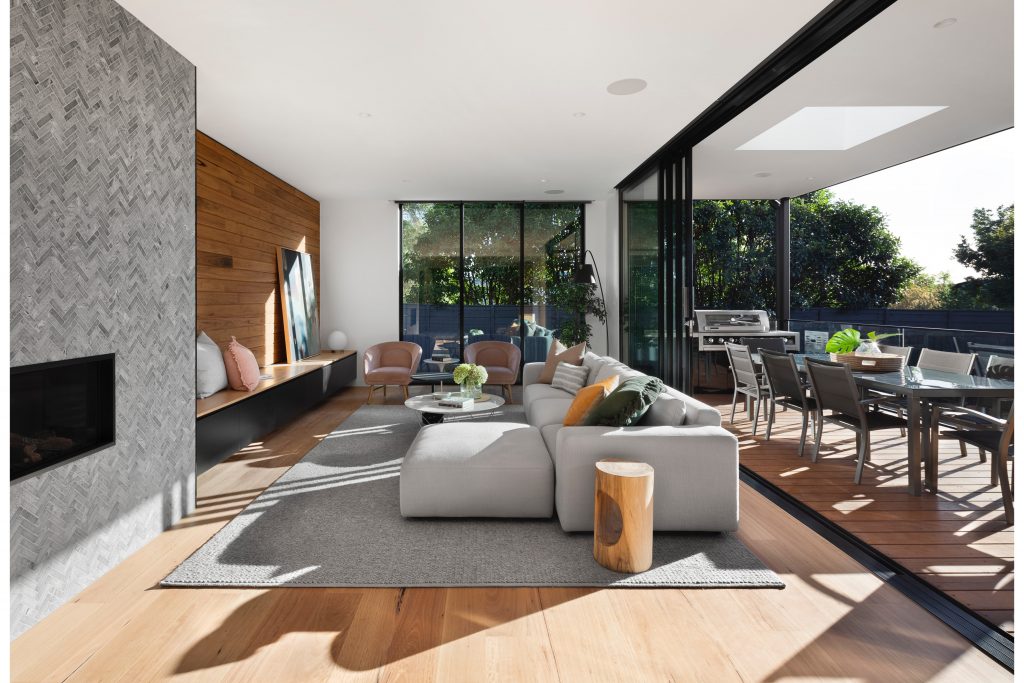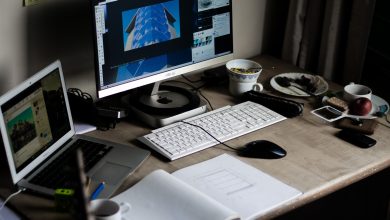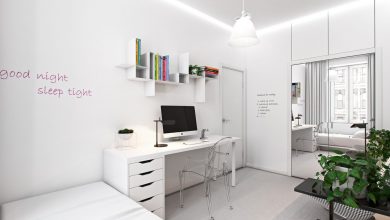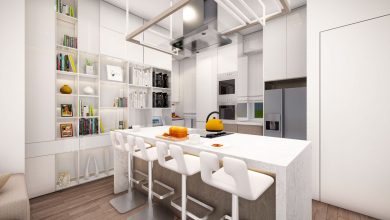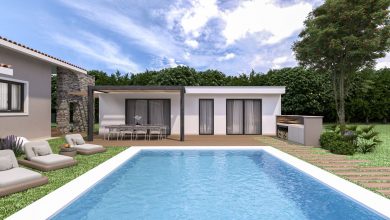Feng Shui is an ancient Chinese practice that involves arranging and harmonizing spaces to promote well-being and harmony in daily life. It is based on the idea that vital energy or “chi” can influence the quality of people’s lives, and it is possible to optimize it to create a more harmonious and balanced environment.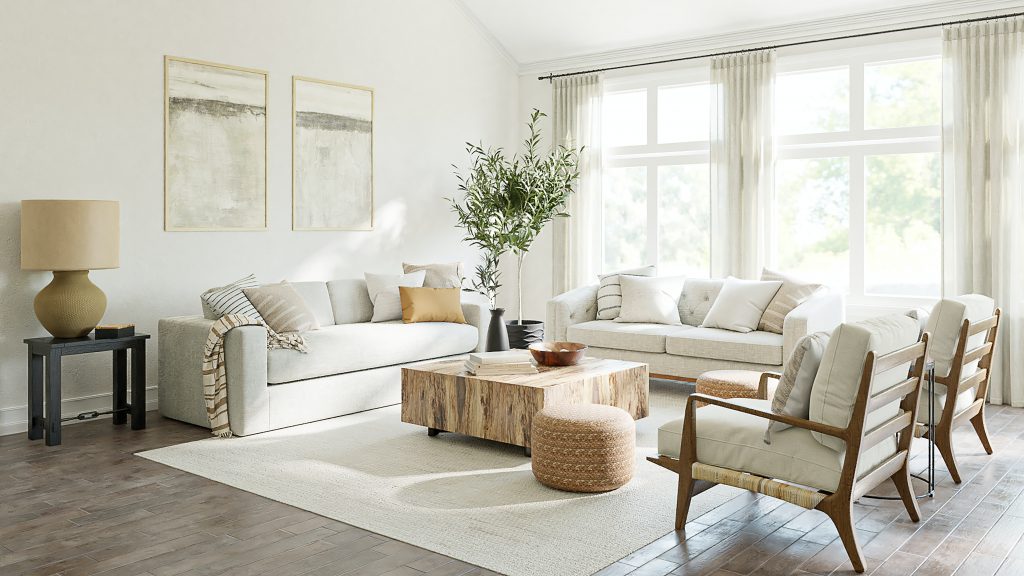
Through the application of Feng Shui in a home, the goal is to balance the energies that flow in the environment, which can have a positive impact on health, emotional well-being, and prosperity of those who live there.
Interior designers can harness the power of Feng Shui to create spaces that are not only visually appealing but also promote harmony and balance in the home.
In this article, we will explain some of the fundamental principles of Feng Shui and how they can be applied in decorating a home.
Table of Contents
Why is it important to apply Feng Shui in a home?
As we mentioned, practicing Feng Shui in a home is important because it seeks to harmonise and balance the energies that flow in the environment. It is believed that when the energies are balanced, the people who live in the home can experience a greater sense of well-being.
Additionally, the practice of Feng Shui also focuses on creating spaces that are functional, efficient, and comfortable for the people who live in them. The principles of Feng Shui can help optimize the use of space, improve the circulation of air and natural light, and create a more relaxing and tranquil environment.
Understanding the basic principles of Feng Shui
Before applying Feng Shui in a home, it is important to have a basic understanding of its principles. In general, this technique is based on the belief that energy flows through the home and that there are specific areas that need to be balanced to ensure a harmonious flow of energy. For example, it recommends eliminating clutter and incorporating natural elements such as plants and water to improve the quality of “chi” in a space.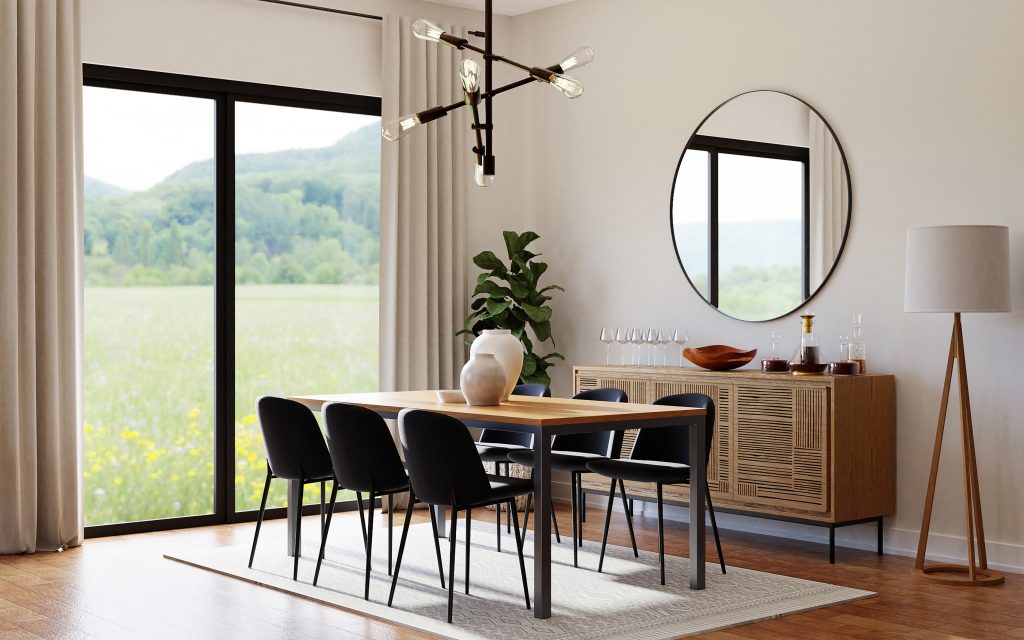

Below are some of the fundamental principles of Feng Shui:
- Energy flow: The practice of Feng Shui focuses on the flow of energy or “chi” in the environment. The aim is to create spaces that allow for a harmonious flow of chi, avoiding blockages and stagnation.
- The five elements: Feng Shui is based on the idea that everything in the universe is composed of five fundamental elements: wood, fire, earth, metal, and water. Harmonizing these elements is crucial to creating a balanced environment.
- Orientation: The orientation of a home or specific space is important in Feng Shui, as it seeks to make the most of the energy of the sun, wind, and other natural elements.
- Balance and symmetry: The practice of this technique aims to create visual balance and symmetry in spaces to promote harmony and balance.
- Use of colors: Colors are really important, as it is believed that each color has a specific energy and vibration that can influence the environment.
- Arrangement of furniture and objects: The arrangement of furniture and objects in a space is crucial to creating a harmonious atmosphere. It seeks to avoid clutter and recommends an arrangement that allows for a harmonious flow of “chi”.

 Here’s how to apply Feng Shui once you have studied the fundamental principles:
Here’s how to apply Feng Shui once you have studied the fundamental principles:
Analyze the house
The first step is to analyze the space to determine how energy is distributed in the house. This can be done through visual inspection, noting areas of the house that are darker or less ventilated, or through a Feng Shui map, which uses a bagua to identify areas that correspond to different aspects of life, such as wealth, health, and creativity.
Balance energies
Once it is determined where energy needs to be balanced, an interior designer can begin to apply specific Feng Shui solutions for each problem. For example, if there are dark areas in the house, adding lights can improve the flow of energy. If the house appears too chaotic, incorporating the practice of decluttering can help.
Incorporate Feng Shui elements into the decor
An effective way to apply Feng Shui in the home is through decor. Using specific colors, materials, and patterns in interior design can help balance the flow of energy in the home. For example, light and bright colors are associated with Yang energy, while darker colors are associated with Yin energy. Natural elements such as plants, rocks, and water can also be incorporated to improve the flow of energy.
Maintain balance
Finally, it is important to remember that Feng Shui is an ongoing process. Once the principles of Feng Shui are applied in the home, it is important to maintain balance and ensure that changes adapt to the evolving needs of the occupants. An interior designer can offer clients suggestions to maintain balance in their home.
As we have seen, the principles of this technique focus not only on aesthetics, but also on functionality and creating an environment that is beneficial to the health and well-being of those who inhabit it. With a little knowledge and understanding of the principles of Feng Shui, interior designers can create living spaces that are truly exceptional.


